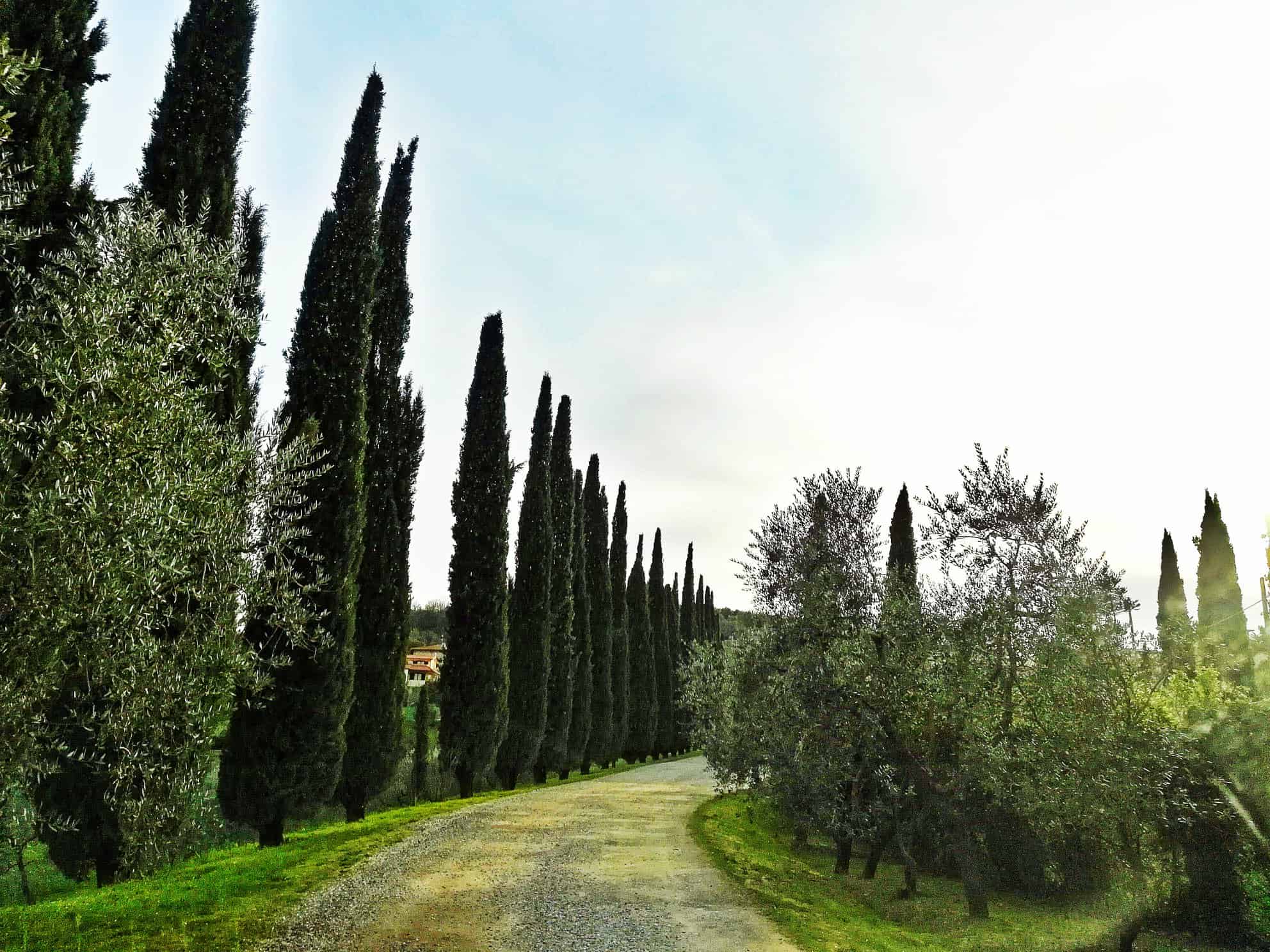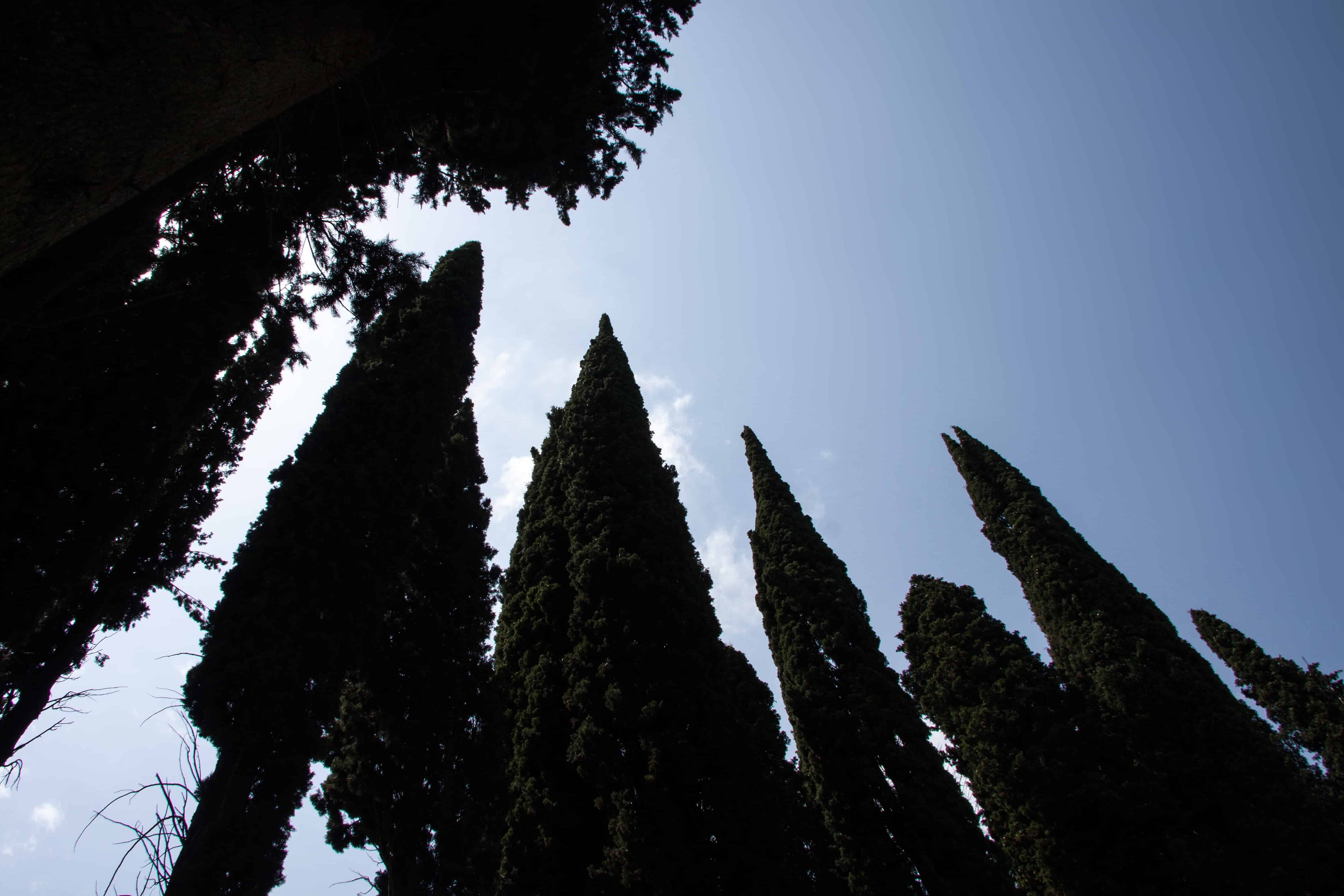No products in the cart.
If you’re aiming for that Mediterranean vibe in your yard, you’ll never go wrong in growing Italian cypress trees as their evergreen beauty can really amplify any surroundings!
Belonging to the family of timber evergreen conifers, Cupressaceae, the Italian cypress is known for its blue-green foliage with a spreading and awl-shaped form that is scale-like.
The leaves follow a whorled arrangement that deepens into the tree.
Due to its widespread distribution in Asia, Europe, and North America, the cypress can be grown in warm-to-temperature regions.
PLANT NAME: Italian Cypress Trees (Cupressus sempervirens ‘Glauca’)
Other Name: Mediterranean cypress
Plant Type: Evergreen conifers
Native Areas: Southern Europe and Western Asia
Light Requirement: Full sun
Watering: Water regularly in spring and drench in the summer
Fertilizer: 18-8-8 slow-release fertilizer or use Moon Dust three times a year
Toxicity: Non-toxic but is inedible
Temperature: USDA growing zones 7 to 10
Propagation: Seeds and cuttings
Growth: Maximum height of 70-80 ft. tall.; Grows up to 3 ft. per year
Soil Type: Clayey and loamy soil condition
More About Italian Cypress Tree
The Italian cypress trees are an ideal specimen for providing a more structured landscape to any garden. They add depth and organization, especially if planted in rows or lined up along driveways on properties. They may also be planted in tight areas to achieve uniformity.
Italian cypresses are known for the tiny, scale-like leaves that give off a dark green to bluish shade. When young, their bark is thinner and grayish in color, but later becomes furrowed and brown, as it matures.
Italian Cypress Tree Care Guide

Italian cypress trees prefer to grow in dry conditions. While they may appear intimidating, they are best known for being low-maintenance and fast-growing.
During its first growing season, it is recommended to water them regularly in order to form a more established and healthier root system. You can do this by soaking around the root ball and slowly trickling it around the base with a water hose. Mulching can also help in retaining moisture along with proper outdoor tree maintenance.
Following the key steps below will surely make you think growing an Italian cypress tree is like a walk in the park. So let’s get going!
Soil
A well-draining soil that is reasonably fertile is the most ideal when it comes to this delightful evergreen. There’s no need to add organic matter and heavy fertilizers as long as the soil appears loamy and clayey. A mildly acidic to mildly alkaline soil is recommended.
Also, be sure to avoid waterlogging in order to prevent the occurrence of root rot.
Lighting

This dense but gorgeous specimen adores full sun exposure. In fact, it may even be difficult for them to thrive in shaded conditions. With a lack of sufficient sunlight, along with excessive irrigation and poor drainage, you might end up having Italian cypresses with dead branches.
Watering
Italian cypresses like to grow in dry conditions. In areas where dry spells are prevalent, there’s no need to worry, as these container plants will continue to thrive.
When watering the tree, you may deep soak or let a water hose run around the base of the plant to fully saturate the root ball. Adding in a three-inch layer of mulch can also do wonders for your trees as they can retain adequate moisture.
Fertilizer
A slow-release fertilizer with a ratio of 18-8-8 can help maintain vigor and enhance the growth of your cypress trees. For that healthy-looking landscape, do not rely on heavy fertilizers as they can overwhelm the trees.
Pro tip: Be sure to follow the instructions when applying fertilizer. It is ideal to put a quarter cup of granules to cover the entire circumference of the tree trunk.
Temperature and Humidity

The Italian cypress is hardy to USDA zone 7-10, it can thrive on temperatures between 0° to 10°F (-17.77°C to -12.22°C). Mature cypress trees are said to be cold-hardy and can relatively survive frost with a much lower temperature (-20 °C or -4 °F).
Nonetheless, you must bear in mind that young trees should be not exposed to extremely cold temperatures as they may easily perish.
Pruning
Growers would usually start pruning the cypress trees while they are still very young. When cutting, use sterile shears to clip the sides in order to produce neat, dense growth for an evenly shaped tree. Hence, to keep the natural shape of its foliage, you may want to do some trimmings here and there.
Pro tip: Avoid cutting into older wood as recovery may be difficult. It is ideal to trim the trees between May to September.
Propagation
Italian cypresses are usually propagated through cuttings. With this, selecting cuttings from a healthy and adequately mature parent tree is important. Cuttings may be taken during mid-summer to early fall. Below are some important points when propagating the plant through cuttings:
Use a sharp and sterile tool such as pruning shears or a grafting knife.
Divide the cuttings into smaller parts, including three to four sets of needles. Cuttings should measure around six to seven inches long.
Remove the needles at the bottom to allow the cuttings to form a root.
You may use a rooting hormone to increase the chances of roots developing.
Plant the newly-cut branch in a container with a moist substrate.
Cover to maintain a humid environment around the plant.
Place in a location that receives an ample amount of light.
Other Italian Cypress Trees Varieties
Cupressus sempervirens ‘Stricta’
Also called ‘fastigiata’ Stricta has a rather columnar form covered with deep olive green foliage fused in its flattened branches. It grows up to 60 feet tall and 5-10 feet wide.
Cupressus sempervirens ‘Swane’s Golden’
 Cupressus sempervirens ‘Swane’s Golden’ @flickr
Cupressus sempervirens ‘Swane’s Golden’ @flickr
A slow-growing variety, the Swan Golden Cypress is a stand-out due to its gold-tipped yellowish-green set of foliage. Having a narrowly pointed shape, it can reach a maximum height of 20-30 feet.
Italian Cypress Trees Common Diseases and Pests
Growing the Italian cypress under shaded conditions can make them vulnerable to pests and diseases. Similar to most conifers, the Italian cypress may suffer from root collar disorders which may result in root rot. Hence, growers should carefully monitor for excessive irrigation to prevent its occurrence.
Moreover, certain insect pests such as scale insects, spider mites, and bagworms can also affect the vigor of Italian cypress trees. Through regular inspection and cultural management, you can easily control these insects from heavily damaging the tree.
Frequently Asked Questions
With the right growing condition, Italian cypress trees can grow up to 3 feet (.9 m.) per year.
Yes, but you may have to water more frequently since the soil in pots tends to dry out much faster than when they’re planted on the ground.
There isn’t much-known disadvantage of growing cypress trees other than its need for proper care and maintenance.
Italian cypress trees can face problems like cypress canker, root rot due to poor drainage, spider mites, aphids, and scale insects. Environmental stressors, improper pruning, and extreme temperatures can also impact their health. Regular monitoring, proper care, and timely interventions can help keep Italian cypress trees healthy.
Italian cypress trees can be moderately challenging to maintain. They require proper soil drainage, regular monitoring for pests and diseases, and occasional pruning to maintain their slender shape.
If Italian cypress trees are turning brown, it could be due to water stress, disease, or environmental factors. Ensure proper watering, address any drainage issues, inspect for pests or diseases, and consider cultural adjustments to provide optimal growing conditions and maintain tree health.
Whether you want to buy, sell, or simply reach out to other plant enthusiasts, Plantly is the right place to be!


